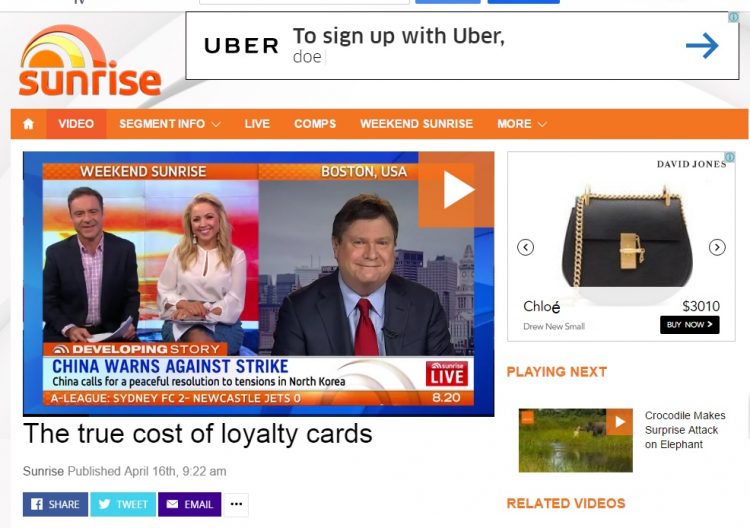 The very first thing I was told when I started out in Public Relations was “This is public relations, not sales promotions, not advertising, not direct marketing … they may all fall under the category of an integrated marketing plan but your job is Public relations. Remember that.” After gaining more experience in the industry, I began to see the difference between them all, allowing me to understand what PR needs to achieve to give the other fields the best chance at creating an integrated marketing plan. I have come up with 8 elements that a PR campaign must have in order to be successful.
The very first thing I was told when I started out in Public Relations was “This is public relations, not sales promotions, not advertising, not direct marketing … they may all fall under the category of an integrated marketing plan but your job is Public relations. Remember that.” After gaining more experience in the industry, I began to see the difference between them all, allowing me to understand what PR needs to achieve to give the other fields the best chance at creating an integrated marketing plan. I have come up with 8 elements that a PR campaign must have in order to be successful.
Define the Situation:
Understanding where the business is placed financially, in the market and where they want to go is paramount. Without this, the campaign will have no direction and struggle to have any impact as well as becoming a complete waste of time. Knowing what they have tried before can also tell you what not to do, as well as impact your strategy. It is also vital to understand what competitors are doing, what they are missing and how the client could fit into the market.
Define your Objectives:
This is not what you put into the campaign, but what you hope to get out of it. Not the means, but the end. It is evaluated by asking if it addresses the situation, is it measurable? Can it be achieved? Is it realistic?
Define your Audience (Publics):
You must be able to know who you are trying to reach; target publics and intercessory publics. Find out who they are and sell your message to them. Work out what makes them different? Define them by type and the characteristics that make them different. If a target public can be recognised, then you can understand how to make the product and/or services attractive to them as well as know how they can be reached. E.g If the target public is wheat farmers, than you won’t be advertising in The Australian Women’s Weekly. Common sense prevails.
Define the Strategy of your Plan:
This is a somewhat broad statement – describing how an objective will be achieved. This provides a guideline and key messages and themes for the overall program as well as offering a rationale for the action and program components that are planned.
Define the Tactics of your Plan:
This describes the specific activities that put each strategy into operation and helps to achieve the stated objective. This is the most visible part of the PR campaign and can be the make or break point. All elements of the plan must be considered at this point and must be re-evaluated regularly throughout the campaign.
Define the Calender Timeline:
Determine a timetable for the campaign program focusing on pivotal points including the obvious, start and finish times. The timing of each aspect must be intended with the audience. It is also important to most of the effort in the early stages of the campaign. Launch the rocket. Also make the calendar so you know how long you have left in for time consuming jobs (for example – pitching to journalists).
Define the Budget:
Knowing how much can be spent is integral for any plan. How much you can spend? How much you should spend? This also allows for consideration for more or less money to be used at any stage of the campaign. PR budgets can be broken into 2 aspects; staff time and out of pocket.
Define Evaluation of the Program:
By being able to measure the objectives to show clients and employers accomplishments and purpose, this can determine the success of the campaign. Criteria should be realistic credible and specific. It should also restate the objectives and then name the evaluation methods to be used. Keep it simple. The client will be focusing on the return on their investment in your Public relations. Making them feel it has been worth their while is indispensable.
Here we have tackled the 8 essential elements of a successful Public Relations campaign. If an understanding and implementation of each element is included in a current PR campaign, I’m sure a great deal of improvement will be seen. Good luck!
Guest appearance/blog post by Brad Casaceli




